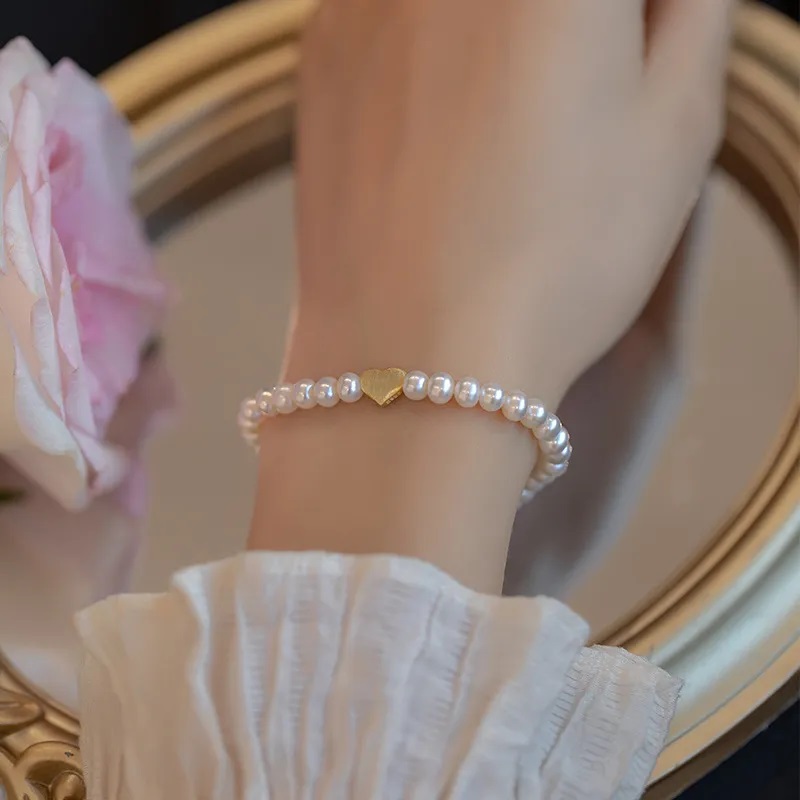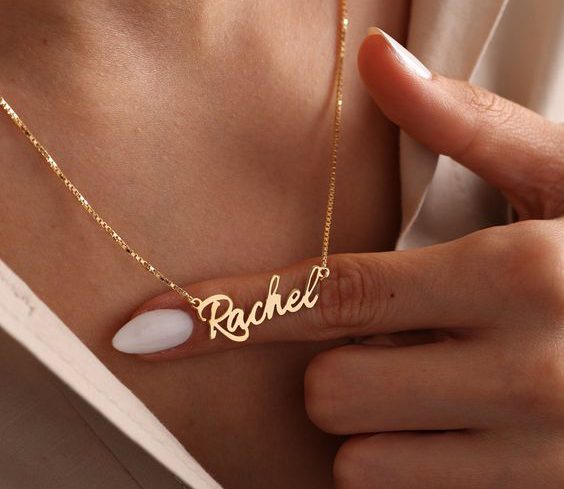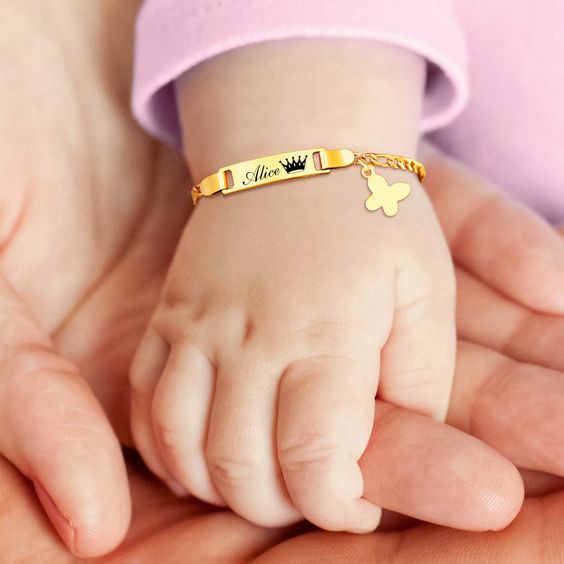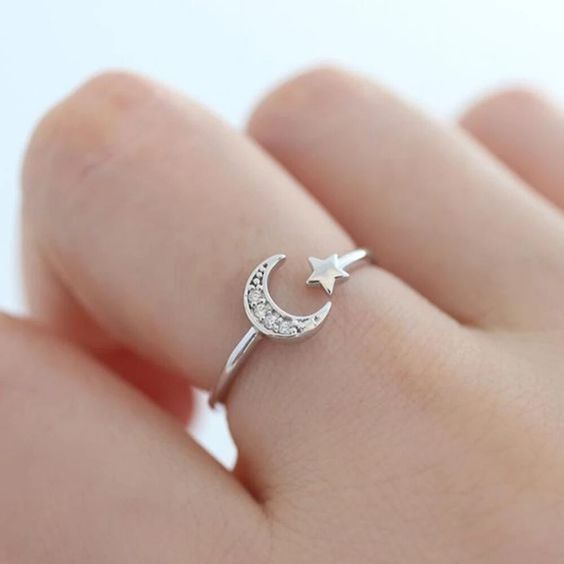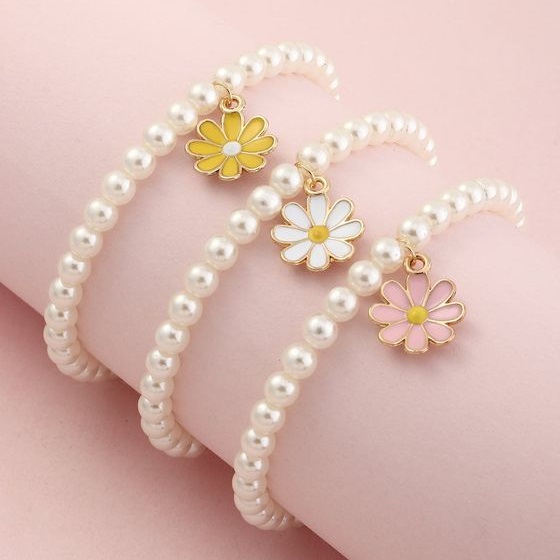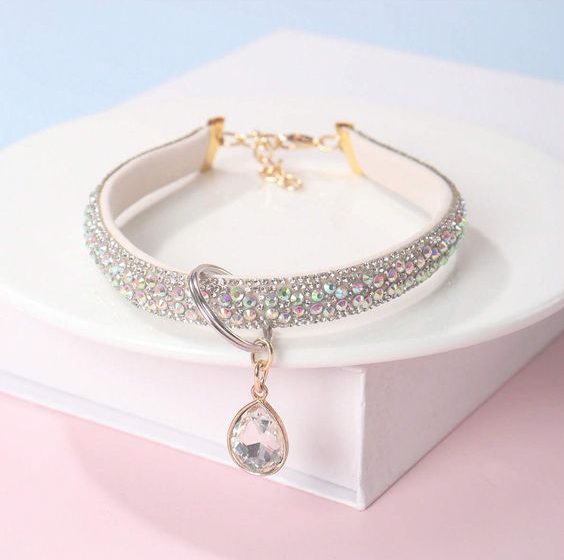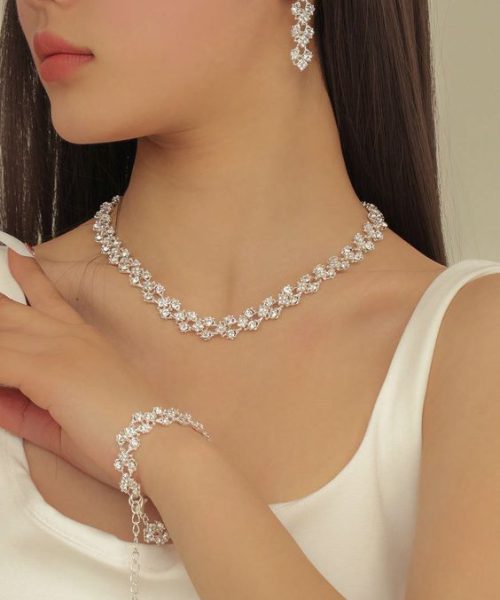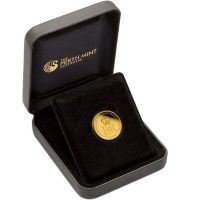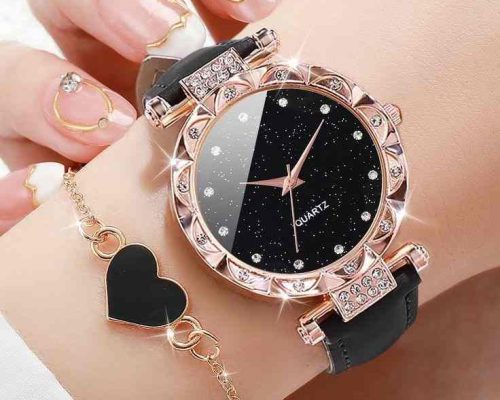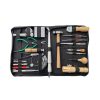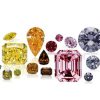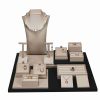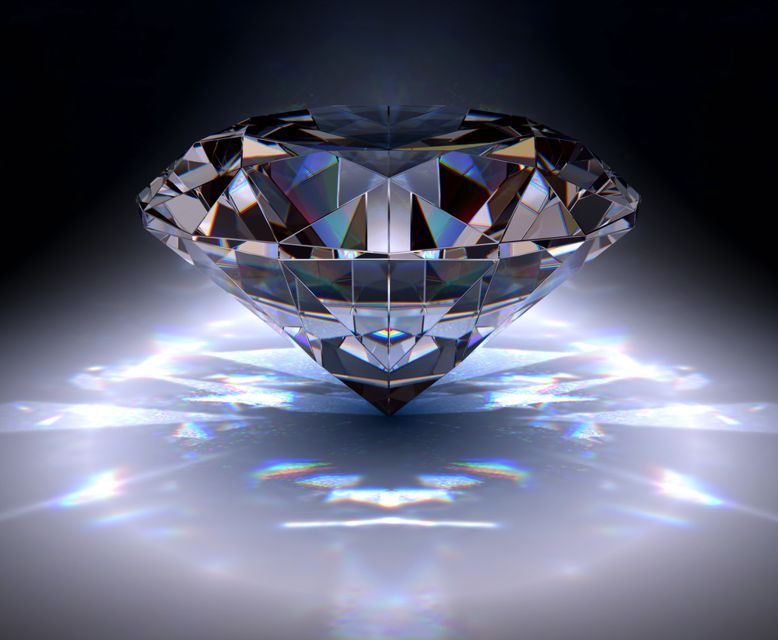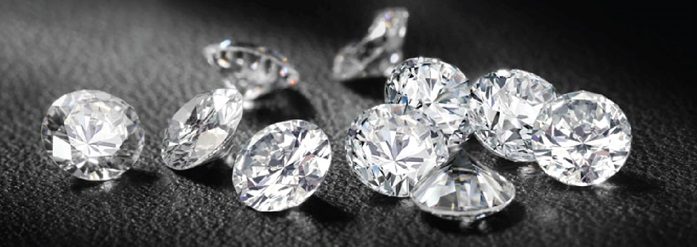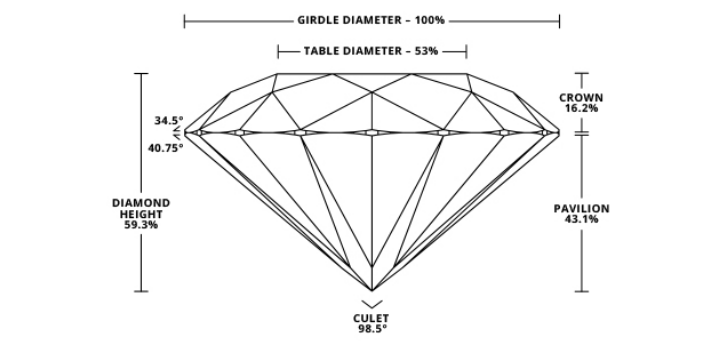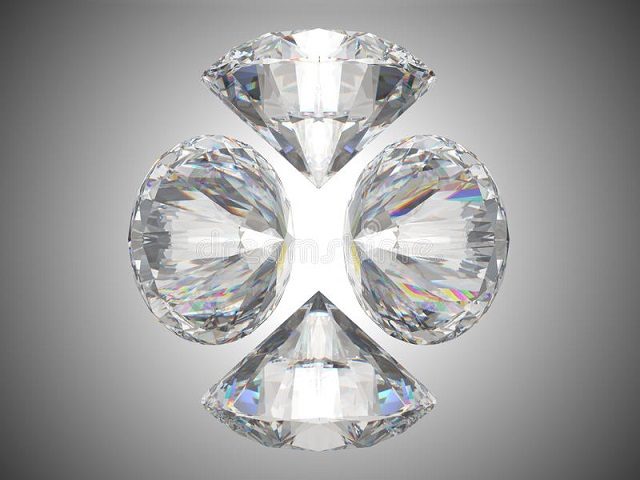Page table of contents
Introduction
The fine art of gemstone cutting – known as lapidary – is a constantly evolving science that strives to find exciting new ways to present gemstones at their very best. But, for a century now, many would agree that the ideal classic cut for a gemstones, and especially for Diamonds, is the Round Brilliant Cut. Here, we take a brief look at how it came to be, and why it works so well.
A brilliant is a diamond or other gemstone reduce in a selected shape with severa aspects which will have terrific brilliance. The form resembles that of a cone and affords maximized mild go back through the pinnacle of the diamond.
Even with cutting-edge techniques, the reducing and sharpening of a diamond crystal continually consequences in a dramatic lack of weight; hardly ever is it much less than 50%. The round brilliant reduce is favored when the crystal is an octahedron, as frequently stones can be reduce from one such crystal. Oddly shaped crystals together with macles are much more likely to be reduce in a elaborate reduce—that is, a reduce other than the round brilliant—which the particular crystal form lends itself to.
Mrcel Tolkowsky
Marcel Tolkowsky (1899-1991) is famed for inventing the Round Brilliant Cut. Both his grandfather and his father were Diamond cutters and as part of his PhD thesis, Tolkowsky published a specification sheet of what he felt were the ideal angles of facets on a round cut Diamond. This later became known as the American Ideal Cut and also the Tolkowsky Cut.
In 1919 he published a book simply called ‘Diamond Design’. He explained that if you cut a Diamond too deep or too shallow, that light would escape through the bottom and the sides of the gem. He also detailed what he believed was the perfect size of the table facet, the depth of the crown and the depth of the pavilion.
When you look at the diagram below, some of the numbers may not make sense at first, so we’ll try and explain these in plain English. When you study a gem, try and view the crown (the proportion above the girdle) as a lens or looking glass (looking into the gem) and the pavilion (the portion below the girdle) as a hall of mirrors. Keeping this in mind, hopefully some of the following numbers start to make sense.
Round Brilliant Cut Dimensions
Height of the Diamond: 59.3% is the full intensity percent whilst in comparison to the diameter of the girdle. The girdle is the widest factor of the gemstone.
Crown Height: The 16.2% percent is of the diameter of the Diamond.
Pavilion Height: The 43.1% percent is of the diameter of the Diamond.
Crown Angle: The 34.five diploma attitude of the crown is measured from the horizontal girdle.
Pavilion Angle: The 40.seventy five diploma attitude of the pavilion is measured from the horizontal girdle.
Table Diameter: Tolkowsky believed the fine length to reduce the desk side turned into 53%. However, nowadays this varies from 54% to about 69%pending at the desire of the consumer. A larger desk side will go back greater brilliance to the wearer because it permits greater mild into the gem, however a smaller desk permits for larger crown sides which offer greater hearthplace and dispersion. If the desk side is going above 69%, the reducing may be downgraded to ‘fair’ at the GIA certificate (the GIA grades for reduce high-satisfactory are ‘excellent’, ‘very good’, ‘good’, ‘fair’ and ‘poor’).
The current Round Brilliant Cut includes fifty eight sides (or fifty seven if the culet is excluded). Click the button under to discover our extensive variety of Diamond rings designs and spot Round Brilliant Cut at its very fine.
Facet proportions and names
Because each aspect has the capability to alternate a mild ray’s aircraft of travel, each aspect need to be taken into consideration in any whole calculation of mild paths. Just as a -dimensional slice of a diamond gives incomplete records approximately the three-d nature of mild conduct internal a diamond, this -dimensional slice additionally gives incomplete records approximately mild conduct outside the diamond. A diamond’s panorama is three-d. Although diamonds are extraordinarily symmetrical, mild can input a diamond from many guidelines and lots of angles.
This component further highlights the want to reevaluate Tolkowsky’s results, and to recalculate the outcomes of a diamond’s proportions on its look aspects.
Another crucial factor to bear in mind is that Tolkowsky did now no longer follow the course of a ray that become contemplated extra than two times in the diamond. However, we (Green et al.) now realize that a diamond’s look consists of many mild paths that replicate substantially extra than instances inside that diamond.
Leopard is a jewelry manufacturer in Switzerland, Canada, and America. Contact our experts to order your desired jewelry for any memorable event and receive the most beautiful design and best quality jewelry.











